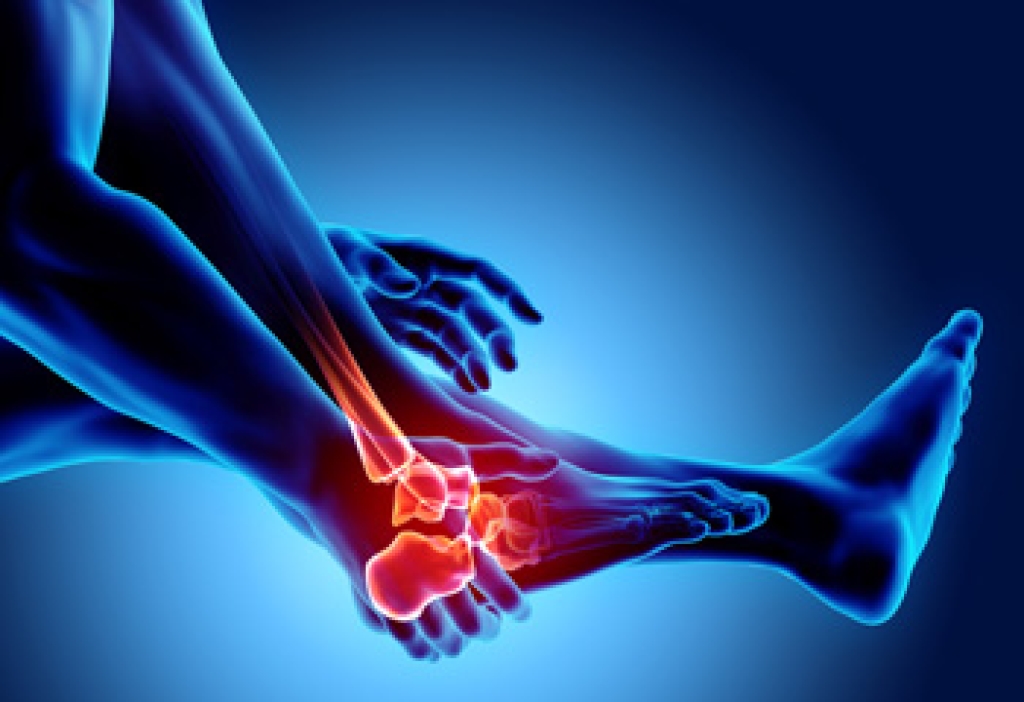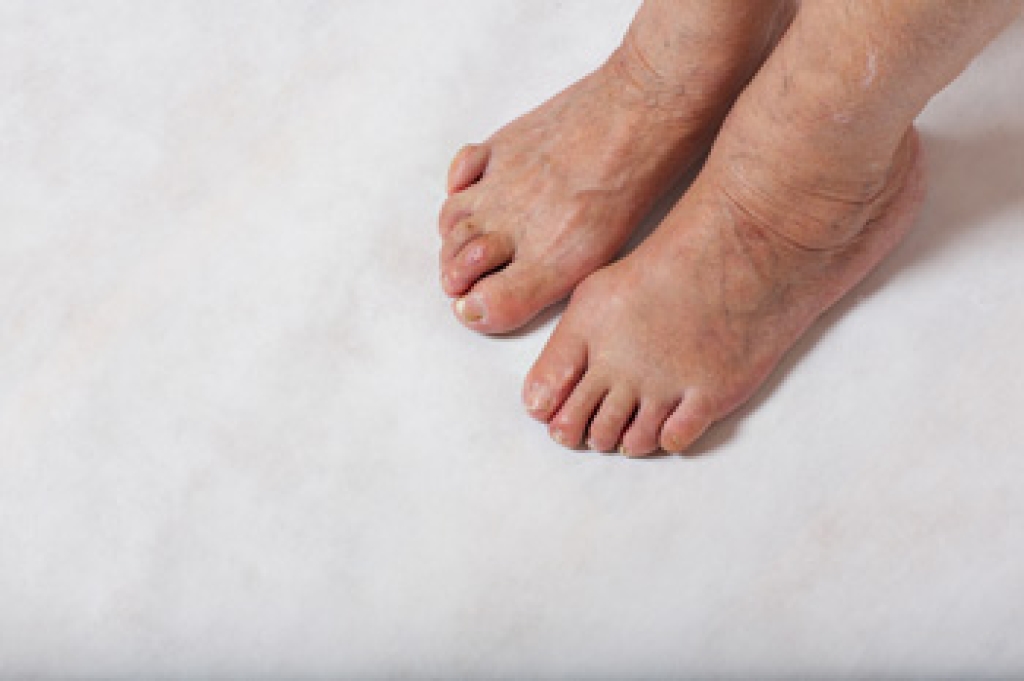
A foot stress fracture is a small crack in one of the bones of the foot caused by repeated pressure or impact over time. Common causes include overuse, repetitive high impact movements such as running or jumping, sudden changes in activity levels, or abnormal foot structure that places extra stress on certain bones. Risk factors include low levels of vitamin D and calcium, a history of previous stress fractures, and participating in sports or activities that strain the feet. Symptoms may include localized pain, swelling, tenderness, and difficulty bearing weight. A podiatrist can accurately diagnose a stress fracture using imaging, provide treatment plans to allow proper healing, recommend protective footwear or orthotics, and guide safe return to activity. If you have signs of a stress fracture, it is suggested that you consult a podiatrist for expert care and recovery guidance.
Activities where too much pressure is put on the feet can cause stress fractures. To learn more, contact one of our podiatrists from Footcare Now. Our doctors can provide the care you need to keep your pain free and on your feet.
Dealing with Stress Fractures of the Foot and Ankle
Stress fractures occur in the foot and ankle when muscles in these areas weaken from too much or too little use. The feet and ankles then lose support when walking or running from the impact of the ground. Since there is no protection, the bones receive the full impact of each step. Stress on the feet can cause cracks to form in the bones, thus creating stress fractures.
What Are Stress Fractures?
Stress fractures occur frequently in individuals whose daily activities cause great impact on the feet and ankles. Stress factors are most common among:
- Runners
- People affected with Osteoporosis
- Tennis or basketball players
- Gymnasts
- High impact workouts
Symptoms
Pain from the fractures occur in the area of the fractures and can be constant or intermittent. It will often cause sharp or dull pain with swelling and tenderness. Engaging in any kind of activity which involves high impact will aggravate pain.
If you have any questions please contact our offices located in Elmhurst Jackson Heights, Astoria, Rego Park, and Forest Hills, NY . We offer the newest diagnostic and treatment technologies for all your foot and ankle needs.




